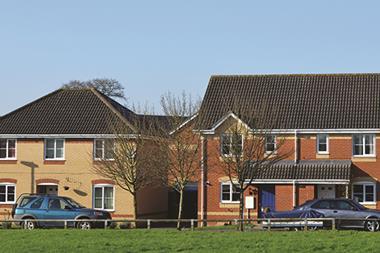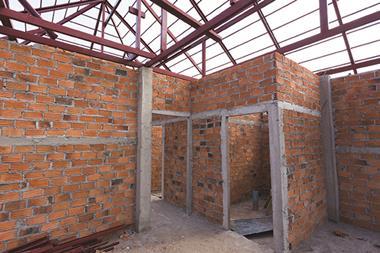In a 12-month period that has brought us not just Brexit but also US president Donald Trump, the government’s housing white paper was never going to set the media world alight.

But while there is nothing radical in it and certainly no silver bullet for England’s housing market, as investors we can point to many positives among its pages.
It doesn’t just shift government rhetoric away from home ownership for the first time this century, it sets out some tangible solutions to help increase and speed up housing delivery. And while the finer detail remains unclear, it also contains some extremely good news for large-scale residential investment, steering policy in the right direction for build-to-rent (BTR) investors.
The government has echoed our call to make more public land available for a multitude of tenures, spanning rent, sale, discounted market rent (DMR) and social rent. Along with other institutional investors, we applaud the recognition of BTR as a key tenure in the drive to deliver housing, as well as the acknowledgement of the role of the planners in the National Planning Policy Framework.
The government hopes to achieve more housebuilding by freeing up land, resourcing and simplifying planning and accelerating the delivery of housing through modern methods of construction.
Local authorities will also be held more accountable for achieving their housing targets, whether by preparing up-to-date local plans or by being more transparent about the time and pace of housing delivery. They will have greater powers when it comes to completion notices and building out stalled sites under the reform of compulsory purchase law.
Planning for BTR
All too often, BTR has lost out to the for-sale market in delivery. However, the reduced attractiveness of buy-to-let thanks to increasingly punitive tax measures will further dent this competitive advantage.
Putting the onus on local authorities to plan for BTR should increase the amount of land that is allocated to the tenure type.
This broad move towards advocating the private rented sector (PRS) is given a further boost by steps to make renting fairer, including the scrapping of letting agent fees, introduction of measures to ban landlords and agents who abuse their powers and promotion of longer-term tenancies on new-build rental homes.

The paper also advocates combining PRS with DMR by changing planning rules to empower developers to include DMR properties as part of their affordable housing commitments in a PRS development. This is a great move for institutions who typically want full ownership and control of the whole block, as well as the ability to provide a high-quality affordable rental product.
But the paper has failed to tackle one of our biggest bugbears: the 3% stamp duty. Like Property Week, which is urging the chancellor to Call Off Duty, we believe there’s a strong case for scrapping this charge for new BTR schemes over a certain scale and held for a certain period.
With Mipim approaching in March, I recall that the stamp duty was introduced at the time of last year’s conference. Perhaps by the time next year’s event comes around, we’ll be talking about it in the past tense.
When it comes to column inches, you can’t beat Brexit - and you certainly can’t top Trump.
But the white paper delivers real progress and what’s more, for us, it’s a ringing endorsement of the BTR sector. More than that, it’s a real acknowledgement of the vital role institutional investors like us play in delivering the high-quality, well-managed private rental accommodation needed to meet existing and future demand.






























No comments yet